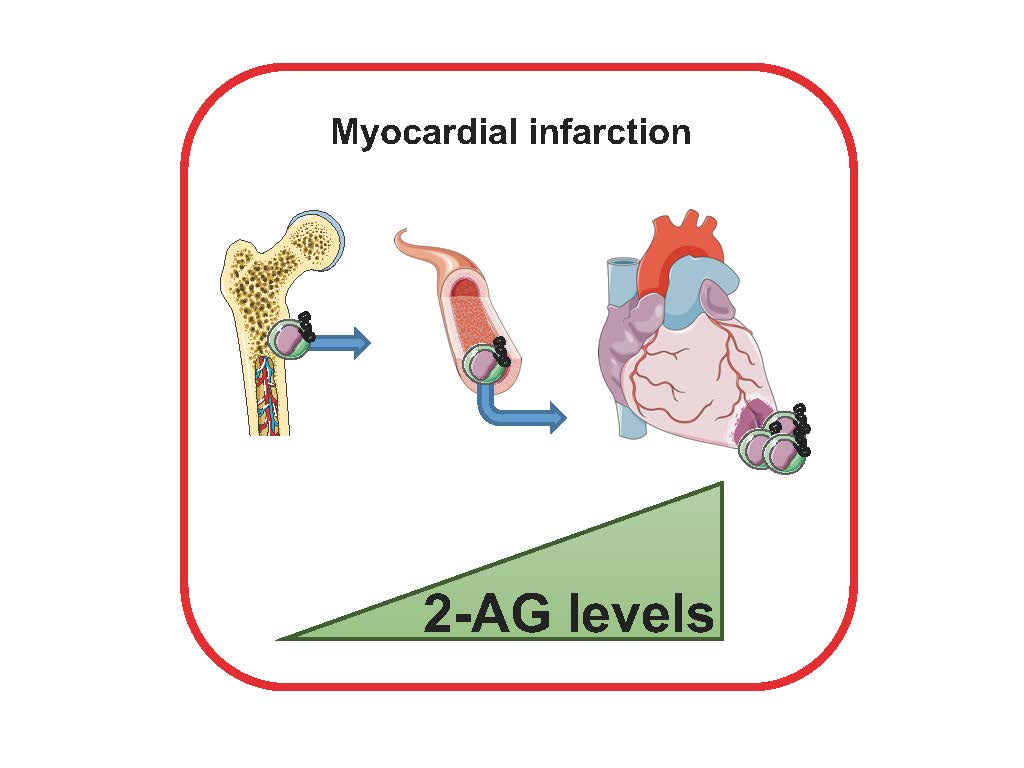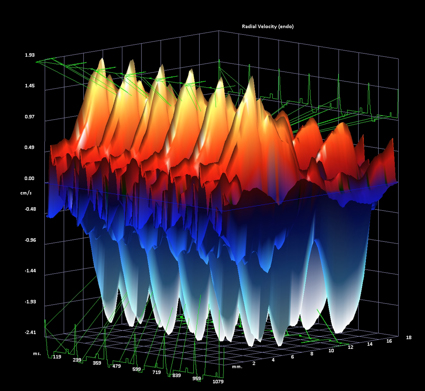IPEK researchers led by Sabine Steffens have elucidated the influence of the endocannabinoid 2-arachidonoylglycerol (2-AG) on cardiac healing after acute myocardial infarction (MI). Their study sheds light on the interaction of the endocannabinoid system with the innate immune system during steady state and after MI.
MI occurs when blood flow to the heart muscle is abruptly cut off, causing an ischemic injury. This triggers an immune response, which finely tuned heals the cardiac wound, but which left uncontrolled leads to detrimental scar formation and heart failure.
MI leads to an enhanced release of endocannabinoids and massive accumulation of neutrophils and monocytes within the ischemic myocardium. These myeloid cells originate from hematopoietic precursors in the bone marrow and are rapidly mobilized in response to MI. Maximilian J. Schloss and Michael Horckmans from the Steffens lab now identified the 2-AG/cannabinoid receptor CB2 axis as a crucial regulator of the homeostatic bone marrow hematopoiesis and leukocyte release after MI.

The endocannabinoid system has been implicated in a wide range of physiological functions. Although endocannabinoid signaling through CB2 receptors limits inflammation and associated tissue injury in a large number of pathological conditions, these novel findings reveal that 2-AG/CB2 signaling aggravates the inflammatory response after MI and cardiac healing.
In recent years, plant-derived or synthetic cannabinoids have been associated with higher incidences of cardiovascular events. These drugs are agonists of both CB1 and CB2, and exert their psychoactive and adverse cardiovascular effects through the activation of CB1 in the CNS and cardiovascular system. These novel finings raise concerns to the use of plant-derived or synthetic cannabinoids which facilitate bone marrow hematopoiesis and leukocyte release in MI patients.
The findings were published last month in Cardiovascular Research.

